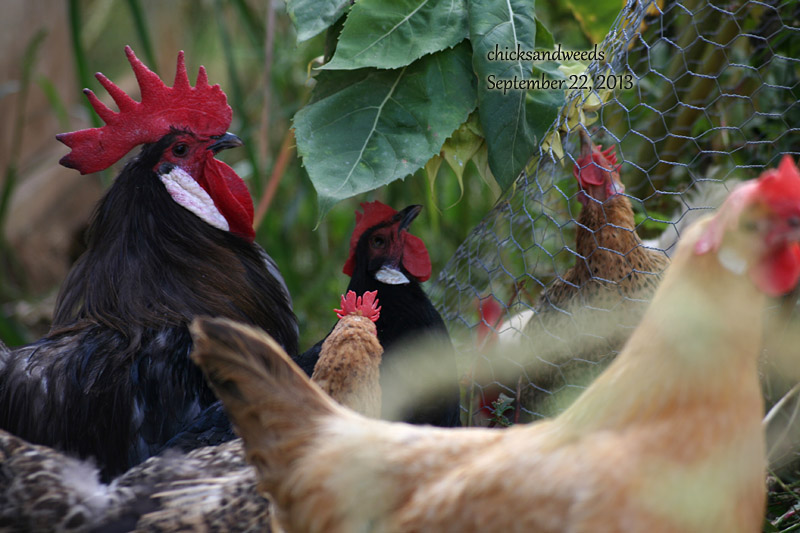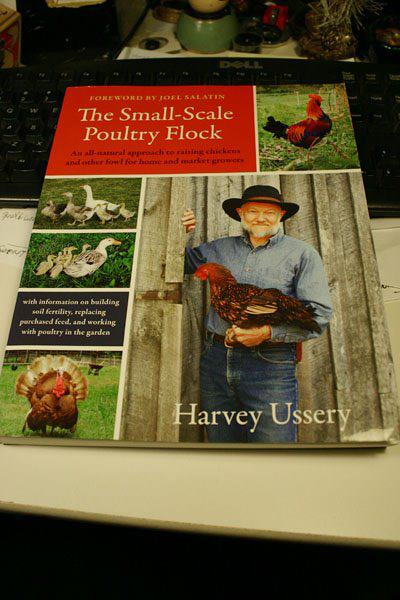 So you have decided that yes, you’d like some chickens and I AM assuming that you will want HEALTHY chickens and eggs. Disclaimer for this site: I favor non GMO and pesticide free food for that reason, even though it does cost more.
So you have decided that yes, you’d like some chickens and I AM assuming that you will want HEALTHY chickens and eggs. Disclaimer for this site: I favor non GMO and pesticide free food for that reason, even though it does cost more.
So here are my 3 top priorities for small flock and backyard flock chicken keepers to know about before getting too far into it: ZONING – SAFETY – SPACE requirements for the birds – to know about before you get your chickens so you can proceed without the least heartache later on – because you WILL fall in love with your chickens and you will want to KEEP them AND want them to be happy and healthy.
1 – ZONING
– know your zoning and ordinances and what it says about chicken keeping specifically.
I cannot stress this enough. If you are allowed chickens but live in a residential area – you likely have noise considerations …choose a coop site and build accordingly. It will influence what type of set up will pass inspection. Knowing where you stand will save you untold troubles and heartache later on….and might set you on a course for working on friendly neighbor relations early on….or inspire you to change the current chicken-laws for your town.
2 – Safety
Coops – can’t be too predator safe and need excellent ventilation for chicken’s respiratory systems.
If you lock your chickens up at night – you want to be able to sleep well – ok, then make your coop 100 % predator proof and make sure there is enough ventilation.
this is a list of chicken or chick/egg eating predators – find out which are of concern around you:
dogs, cats, bobcats, coyotes, weasels, rats, snakes, opossums, owls, hawks, eagles, raccoons. No matter if they decimate your entire flock, or just get a couple of chicks – you won’t like it.
this means: hardware cloth (NOT chicken wire) – 1/4 inch is good – to cover ALL holes (including .5-.7 inch ones if possible – weasel) and windows and vents as well as a digging guard …at least 12 inches deep and outward – around the coop (discourages digging)
Ventilation: badly ventilated coops can lead to respiratory problems for chickens in a heartbeat: chickens are very sensitive to fumes – and that includes ammonia. By the time YOU smell it ….it is already too much for them – so bad ventilation is a safety issue. If you live in an area where is does get very cold – ventilation is doubly important ans trapped humidity can lead to frostbite of combs and wattles.
Figure about 1 square food of ventilation per chicken as a minimum …but think: a lot. Ventilation is needed in summer AND winter. Depending on local weather, ventilation may have to be flexible. As long as you don’t have draft – you can’t really have too much ventilation.
There are other coop consideration, such as what litter (deep litter will moderate the coop temperature in the winter, for example) and roosts, but predator safety & ventilation as well as space are the big ones.
Runs – shade & safety the main considerations
Runs are areas your chickens can do what they want to do: scratch and peck, hang out, be in the shade and out of the rain …. and you want those as safe as possible. …just how sturdy you build them depends on your predator situation and it certainly varies – for true free range, life-stock guard dogs may be the only way to go. – …. consider at least a bird net to cover the run to protect from daytime hawks.
3 – SPACE
One of the first questions always seems to be: how big should the coop be? Depends – on how many and your chicken’s size and how much time they will spend in it.
You will want your chickens to be able to engage in their natural behavior and not be bored and crowded enough to find feather picking a welcome way to entertain themselves or relieve stress.
You can’t have too much space…but for most of us, free ranging chickens on 100 acres are some dream….and we’ll do the best we can on much less.
Recommended coop size – and build it twice as big as you thought was ok – Three (3) square feet is a good minimum per chicken. Depending on how much time they will have to spend in the coop and how big the run is….you might get away with 2 – but better is four and 5 square feet per chicken.
– 10 square feet per chicken is good for the run
YOU WILL NEED SHADED AREAS – if there is any summer & sunshine where you live at all.
Can’t say much about several feet of snow and subfreezing temperatures – as I live in an area where it is way too hot these days – you will need a space for your chickens that is safe for them to be, no matter what climate – that is where you willingness to learn comes in…and in what chickens would be good for this climate – and how do I deal with the weather here …but that is the fun part …
Again, there are other coop considerations, but safety (predator & ventilation) and size are the big ones.
Once you are clear on the zoning (even if you are gonna keep chickens anyway) and have your coop (preferably before your chickens arrive, trust me – suddenly you will be VERY busy and they grow up super fast and need to be out of the brooder way sooner than you ever thought … ) there are the fun things:
How to keep your chickens happy and healthy
How to deal with triple digit temperatures
What you need for baby chicks.
but next to zoning, safety and space – everything else is detail, fun, management, your time, individual set up, common sense, health considerations and individual and philosophical preference.
 My one and only guidebook was this: The Small-Scale Poultry Flock by Harvey Ussery. It is all I needed considering I was going to work with gardening AND chickens and I can’t recommend it too much. It will NOT satisfy the “chickens are my pets” strictly urban backyard chicken keeper as Harvey considers flock health primary over saving individual chickens – but then – the way he keeps them – they tend to be extremely healthy to start with….and that was the direction I was gonna go.
My one and only guidebook was this: The Small-Scale Poultry Flock by Harvey Ussery. It is all I needed considering I was going to work with gardening AND chickens and I can’t recommend it too much. It will NOT satisfy the “chickens are my pets” strictly urban backyard chicken keeper as Harvey considers flock health primary over saving individual chickens – but then – the way he keeps them – they tend to be extremely healthy to start with….and that was the direction I was gonna go.
I must say that is book served me very well – even as I ended up reading a ton of chicken related stuff on-line when it came to finding out specific types of information.
